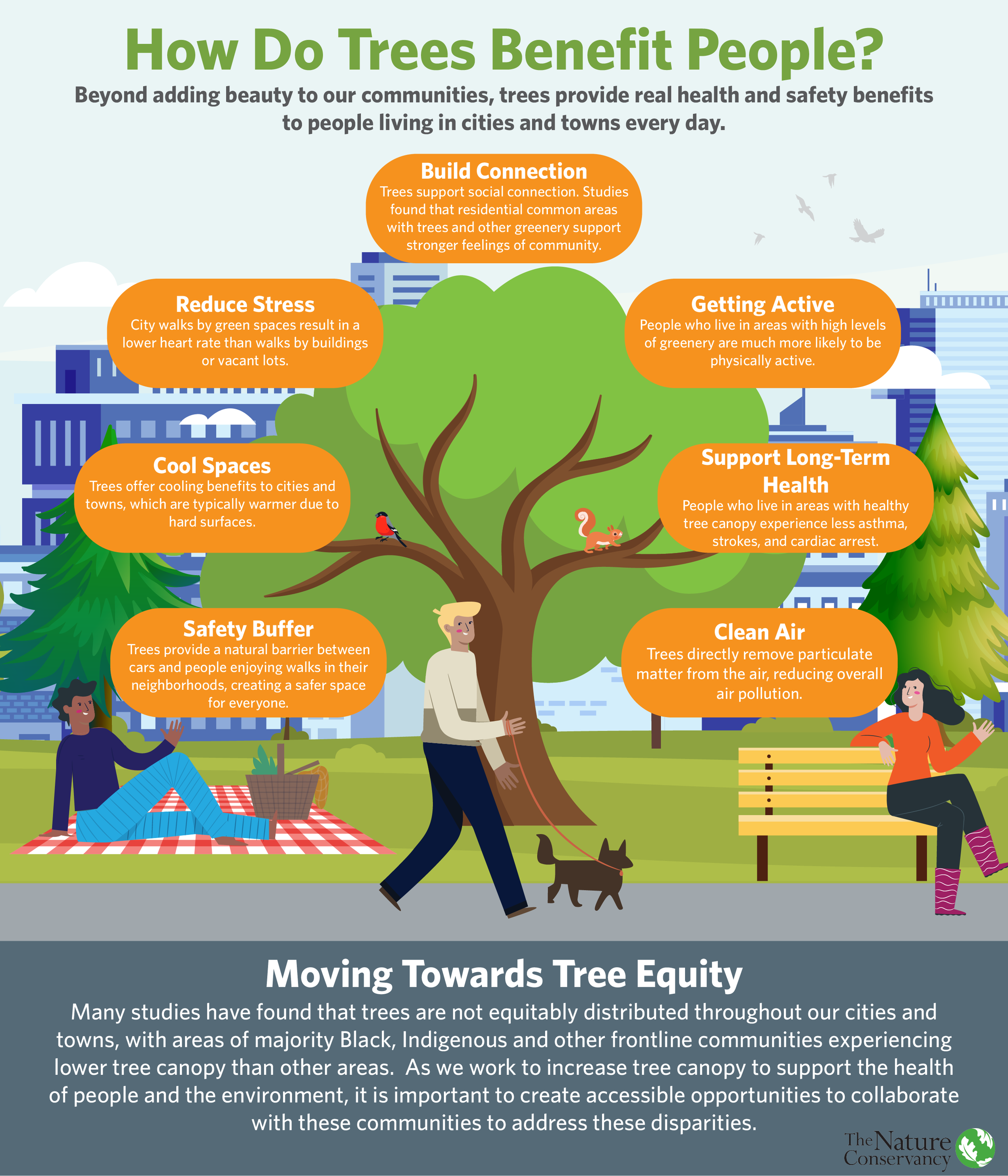In the Duwamish Valley, amid the industrial buildings, is Seattle’s only river and two of the city’s oldest neighborhoods — filled with people and little spots of nature. And pollution.
These neighborhoods, South Park and Georgetown, have long been a home for new immigrants, people of color and people living below the poverty line. These residents are faced with a slew of environmental health challenges — including high air pollution from industry and transportation, low tree canopy and a river so polluted it was declared a Superfund Site by the Environmental Protection Agency in 2001.
Since that year, the Duwamish River Cleanup Coalition / Technical Advisory Group (DRCC/TAG) has been working with the residents of these communities to ensure the cleanup of the Duwamish River reflects the priorities of the community and protects the health of those who live and work in the region.
Since its founding, the work of DRCC/TAG has grown beyond the river, focusing on a broader scope of environmental and community health in these neighborhoods. At the end of the day, DRCC/TAG believes that the community understands its own needs best — and its programming grows from responding to these identified needs.
A thriving program that grew out of this process is the Duwamish Valley Youth Corps, which engages youth ages 13 to 17 in a paid internship to learn about how to steward natural spaces, speak to decision makers about their community and so much more. Today, these youth are out in the community almost every Saturday doing cleanups, teaching neighbors about green walls and so much more.
The Community Steward Program is one of the newest programs that is responding to a need identified by the neighbors. Often, in a community that is facing competing priorities, green public spaces can become overgrown and filled with weeds and trash. For many residents, volunteering is beyond their capacity. This program aims to fill that gap.
Through hiring residents of the neighborhood as community stewards to engage their neighbors to learn and care for the natural public spaces in their community, this program is addressing health disparities, environmental-justice issues, stewardship and restoration needs and economic vitality.
These stewards, most of whom are bilingual, have worked on projects such as:
- Translating booklets explaining invasive plants
- Leading workshops with the Duwamish Valley Youth Corps focused on on identifying and eradicating invasive plants
- Leading cleanup and restoration at the local skate park and at the bike path and trail in South Park leading from the library to the elementary school
- Maintaining traffic circles and other public areas
This program is about so much more than beautiful results. For DRCC/TAG and the neighbors, the true benefits can be found in the way it draws together the community, using peer-to-peer learning and education, word-of-mouth outreach, communal labor toward a greater good (both environmental as well as aesthetic) and neighbor involvement from youngest to oldest and across ethnic and language lines. The ultimate result is a healthier, more resilient, educated and empowered community.
One of the community stewards and a resident who helped develop the original program, Nancy Zugschwerdt, has this to say about the program:
Stewardship to me is a connection to my community. I was born and raised in a small town in the Midwest. Small enough that when you walked down the street, you knew almost everyone. I also raised my kids in the same environment. The mere size of a city makes familiarity with people difficult. However, becoming a steward in your neighborhood introduces you to other residents that live nearby.
One project as a steward that we accomplished was the clearing of weeds for a block-long area. We then mulched that area. So, within three hours, a group of 20 people worked hard pulling weeds, raking and shoveling. It was a drastic improvement. We then had lunch on the spot and enjoyed our hard work together. I think everyone left feeling good.
If you can come together as weed stewards, any difference between neighbors is forgotten for a few hours. Going forward, the work accomplished is a reminder every time you drive by the area. Stewardship is a total feel-good.
And another community steward, Santa Pablo Mendoza, says this (translated from Spanish):
I really enjoyed helping my community look prettier and healthier. I like using my skills I learned back home in Guatemala working with dirt and plants. And all this brings me back home.
I also enjoy working with the youth and learn from each other what good neighbors can do. My kids watch me and learn when I am working, and I always told them I learned to do this very young, at their age, working on the land.
The Community Steward program allows DRCC/TAG to draw on the strengths of residents while increasing stewardship skills and environmental-justice tools, transforming into a more well-rounded, healthy and sustainable community.
This program is supported by The Nature Conservancy, National Fish and Wildlife Foundation and the King Conservation District.



























